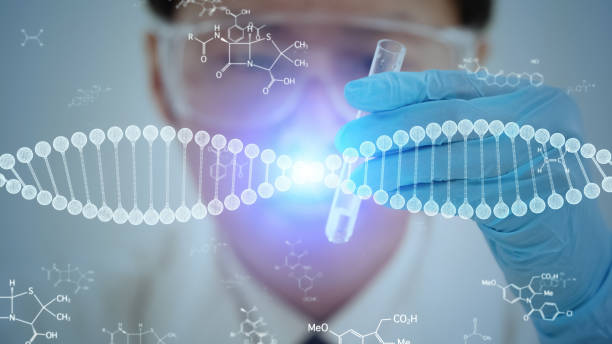Using regenerative medicine, doctors can rebuild your body to prevent, treat, and even cure diseases. This relatively new field of medicine uses the body’s cells, tissues, and organs to repair injuries and diseases. This is done through several different methods, such as Platelet-rich plasma therapy, Stem cell therapy, and Tissue engineering. These techniques are often used as part of a team of treatments to help patients recover from an injury or illness.
Stem Cells
Using stem cells in regenerative medicine can cure certain chronic diseases. It also helps to heal organ anomalies caused by disease and congenital disabilities. It is a branch of medical science that combines cell transplantation, tissue engineering, and material science to restore the function of a specific organ.
Adult stem cells are multipotent and can differentiate into different types of cells. These include neurons, vascular smooth muscle cells, and cartilage. These cells are found in the bone marrow. In addition, they can be obtained from the umbilical cord.
Stem cells are classified based on their evolutionary stage. These include embryonic stem cells (ESCs), bone marrow, and stem cells from the umbilical cord.
Platelet-rich Plasma Therapy
Using the patient’s blood, platelet-rich plasma therapy promotes healing and regeneration. Platelet-rich plasma growth factors and proteins enhance the body’s natural healing system, triggering new tissue formation. It has been shown to accelerate recovery from soft-tissue injuries and chronic tendon injuries.
Platelets are tiny discoid cells found in the blood. They have a 7-10 days lifespan, triggering the body’s natural healing process by causing clotting and releasing growth factors. They also act as a trigger for the production of multiple types of cells that are necessary for tissue regeneration.
Platelet-rich plasma therapy is a standard treatment for orthopedic injuries. It has been used to treat various conditions, including osteoarthritis, sprained knees, and tennis elbow. It is also effective for wound healing and scar revision.
Autologous Treatment
During autologous treatment in regenerative medicine, the patient’s stem cells and tissues are used to cure or treat their disease. This therapy has been used to treat wounds, pressure ulcers, and burns, according to professionals in the field of regenerative medicine like Jordan Sudberg.
The success of the transplant depends on the general health of the patient, the stage of the disease, and the type of cancer. The patient will need to be monitored by a healthcare team.
The body’s immune system may reject the new tissue. It is a good idea to avoid contact with sick people during the recovery period.
Some patients who receive an autologous transplant will have their blood counts taken and treated with antibiotics. A central line is also placed in a vein in the arm to deliver antibiotics and anti-sickness medications.
Growth Factors
Various factors are involved in the process of tissue regeneration. One such factor is growth factors. They are essential in wound healing, cell proliferation, and tissue remodeling. The term “growth factor” is a class of biologically active proteins secreted from cells. These proteins are essential in various cellular processes, including signal transduction, cell differentiation, and proliferation.
The potential role of growth factors in regenerative medicine has been the subject of various research. Studies have shown that combinations of different growth factors can enhance the regenerative process. Moreover, controlling growth factors may be a target for future pharmacological approaches.
Cytokines
Several types of stem cells are utilized for regenerative medicine. These cells can originate from embryos as well as from adult tissues. Using stem cells for tissue engineering and regenerative medicine effectively treats various diseases.
Cytokines are small, secreted proteins that regulate immune responses and cellular differentiation. These low-molecular-weight proteins are found in many cell types. Some examples include interleukin-2 and transforming growth factor-beta.
TGF-beta plays a central role in regulating the immune response. It has been shown to influence the proliferation of effectors CD4 + and CD8 + T cells.
Tissue Engineering
Using tissue engineering in regenerative medicine is a promising technology that accelerates the repair of damaged tissues. The process involves the combination of cells, scaffolds, and growth factors to restore normal function. The success of tissue engineering depends on understanding the complex interactions between the scaffolds and cells.
Artificial tissue is used for therapeutic applications, disease modeling, and drug screening. These materials need to mimic the functionality of human tissue. They must also recapture the hierarchical structure of human tissue.
The scaffold should have the exemplary architecture to support cell migration and proliferation. It should also provide a microenvironment for cell differentiation. This includes features for the cellular response, such as pore formation, vascularization, and exchange of nutrients.




